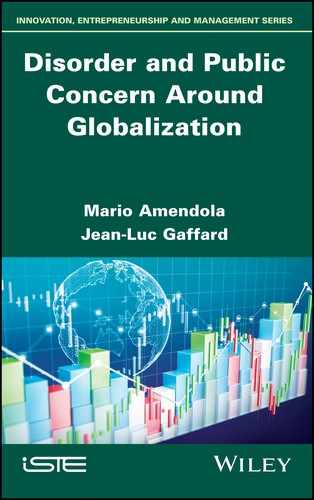Book Description
Disorder and Public Concern Around Globalization examines the contrast between an idealized vision and a realistic view of globalization. Both are inscribed in the contemporary debate within political and economic theory. This opposition highlights the conditions under which wealth creation and equitable distribution can outweigh the mere diversion of value and deepening of inequalities.
This book shows how facts and ideas can explain the shape currently taken by globalization, the latest innovation of market economies. Still, the unpredictable path followed depends on the attitudes of entrepreneurs and capital holders who arbitrate between short- and long-term timescales, between value creation and rent collection: attitudes driven by the same organizations and institutions that shape markets, structure the social order and ensure the viability of the current transition.
